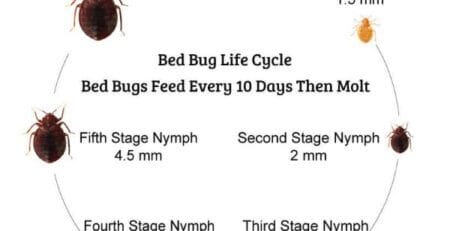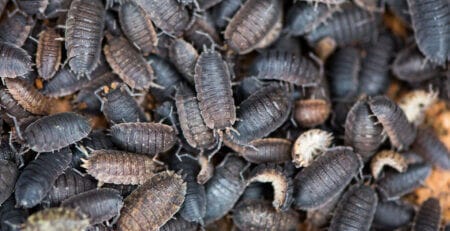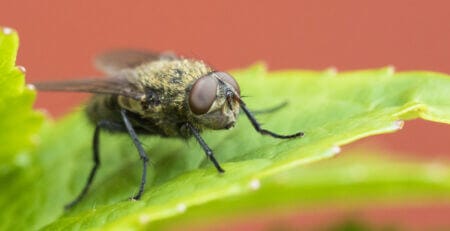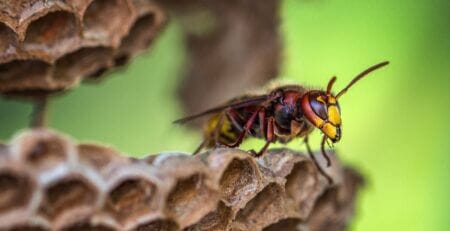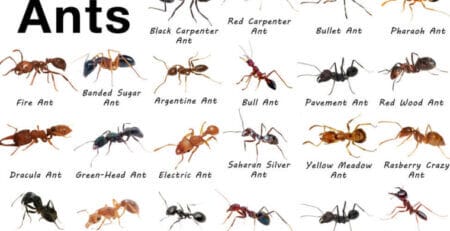Bird Control Methods: Pros and Cons of Different Approaches
Effective bird control is essential for managing bird populations and mitigating the risks associated with bird infestations. Various methods and techniques are available for bird control, each with its own advantages and disadvantages. In this article, Pest Control Direct will provide an extensive overview of different bird control methods, highlighting their pros and cons. Understanding the strengths and limitations of each approach will assist individuals and businesses in making informed decisions when implementing bird control strategies.
Physical Deterrents
Physical deterrents aim to prevent birds from accessing specific areas or roosting/nesting sites. Common physical deterrents include:
- Netting: Bird netting creates a physical barrier, preventing birds from reaching areas such as rooftops, balconies, and gardens. It is highly effective in excluding birds, and when properly installed, it is barely visible. Pros: Humane, long-lasting, and suitable for various bird species. Cons: Requires professional installation, may affect aesthetics if not installed properly.
- Spikes: Spikes consist of narrow, pointed rods that deter birds from landing on ledges, signs, or other flat surfaces. Pros: Effective for deterring birds without causing harm, durable, and easy to install. Cons: Requires regular cleaning to prevent debris accumulation, may not be suitable for uneven surfaces.
- Wire Systems: Wire systems create an unstable landing surface, making it difficult for birds to perch or nest. Pros: Versatile, suitable for various surfaces, and visually unobtrusive. Cons: Requires professional installation, may not be effective for small birds or determined populations.
Sonic and Ultrasonic Repellents
Sonic and ultrasonic devices emit sounds or frequencies that are uncomfortable or irritating to birds, deterring them from specific areas. Pros: Non-lethal, humane, and effective in reducing bird activity in targeted zones. Cons: Limited effectiveness for all bird species, potential disturbance to humans or pets, may not provide long-term control.
Visual Bird Deterrents
Visual deterrents aim to scare or intimidate birds by creating visual threats or mimicking natural predators. Pros: Cost-effective, non-intrusive, and environmentally friendly. Cons: Some bird species may habituate to visual deterrents over time, effectiveness varies across bird populations, may require frequent relocation or changes to maintain effectiveness.
- Reflective Devices: Reflective surfaces, such as shiny tapes or foil balloons, create flashing lights or reflections that deter birds. Pros: Affordable, easy to install, and can cover large areas. Cons: Requires frequent movement or changes to prevent habituation, may be less effective in windy or shaded areas.
- Decoys: Decoy birds or predator models, such as owls or falcons, create the illusion of a threat, discouraging birds from roosting or nesting. Pros: Natural and visually effective, suitable for specific bird species. Cons: Requires regular relocation or repositioning, may lose effectiveness over time as birds recognize the decoys as non-threatening.
Chemical Repellents
Chemical repellents use substances that are aversive to birds, discouraging them from landing or roosting. Pros: Can cover large areas, effective for specific bird species, long-lasting. Cons: Environmental impact, potential harm to non-target species, may require regular reapplication, limited effectiveness against determined populations.
Habitat Modification
Habitat modification involves altering the environment to make it less attractive or accessible to birds. Pros: Long-term approach, addresses root causes, can benefit other wildlife. Cons: Time-consuming, may require professional expertise, limited effectiveness without other control methods.
Conclusion
Choosing the right bird control method requires careful consideration of the pros and cons associated with each approach. Physical deterrents like netting and spikes provide effective exclusion, while sonic and visual deterrents offer non-lethal options. Chemical repellents and habitat modification can be effective but may have environmental considerations. The ideal strategy often involves a combination of methods tailored to the specific bird species and infestation characteristics. Consulting with pest control professionals will ensure the implementation of appropriate and humane bird control measures, promoting a harmonious coexistence between humans and birds while mitigating the risks of bird infestations.



